Your eyelids protect your eyes from contaminants and keep them moist. However, because the eyelid tissue is delicate, it’s vulnerable to various painful or uncomfortable conditions. Here’s an overview of the four most common types of eyelid conditions and how they can be treated.
Inflammation
Inflamed eyelids can result from several conditions, including:
- Blepharitis: Typically caused by oil and bacteria buildup, leading to red, swollen eyelids.
- Styes: Red, sensitive bumps that form on the edge of the eyelid due to clogged oil glands.
- Chalazion: A lump caused by obstruction or inflammation of an oil gland.
- Meibomian Gland Dysfunction (MGD): Clogging of the oil glands at the base of the eyelashes.
- Lacrimal Duct Obstruction: Blockage of the tear drainage duct, leading to excessive tearing and discomfort.
Most cases of eyelid inflammation can be improved with warm compresses. In some instances, lid wipes and antibiotics may be necessary to reduce symptoms and prevent complications.
Lesions
Lesions on the eyelids can be benign or indicate a more serious condition. Some common types include:
- Seborrheic Keratosis: Oily, coloured lesions common in older adults.
- Actinic Keratosis: Flaky, scaly skin patches caused by sun damage.
- Hidrocystoma: Clear cysts near the eyelid edge due to blocked sweat glands.
- Molluscum Contagiosum: Viral infections that produce small, waxy nodules.
- Nevi: Typically harmless moles or birthmarks.
- Xanthelasma: Soft, yellow deposits near the inner eyelids, often linked to high cholesterol.
Although eyelid lesions are often harmless, some may require surgical removal, laser treatment, or freezing (cryotherapy) if they become problematic.
Mechanical Conditions
Certain conditions affect the mechanical function of your eyelids, leading to discomfort and visual disturbances:
- Blepharospasm: Involuntary eyelid muscle spasms causing frequent blinking.
- Coloboma: A congenital condition where part of the eyelid is missing.
- Dermatochalasis: Excess eyelid skin or fatty tissue hanging over the eye, often seen in aging adults.
- Ectropion: Eyelids turning outward, exposing the inner surface and leading to irritation.
- Facial Palsy: Can affect eyelid movement, making it difficult to close the eye completely.
- Trichiasis: Abnormal eyelash growth causing lashes to rub against the cornea.
Treatment options for mechanical eyelid conditions may include surgery, Botox injections, or corrective eyewear, depending on severity.
Cancerous Growths
Changes in eyelid skin appearance could indicate a form of skin cancer, such as:
- Basal Cell Carcinoma: A firm, pearly nodule commonly found on the lower eyelid or near the inner fold.
- Squamous Cell Carcinoma: Raised, scaly lesions that can spread aggressively if untreated.
- Sebaceous Carcinoma: Resembles a chalazion or blepharitis but can spread to other organs.
- Melanoma: Pigmented tumours with a high potential for metastasis.
Eyelid cancers typically require surgical removal, and in some cases, radiation therapy or chemotherapy may be necessary.
Visit an Eye Doctor in Edmonton
At Optometrists’ Clinic Inc., we diagnose and treat various eyelid conditions during comprehensive eye exams. Our experienced optometrists can detect early signs of cataracts, glaucoma, and other vision problems. If you’re experiencing persistent eyelid issues, book an appointment at one of our clinics in Edmonton, Leduc, or Westlock today.




